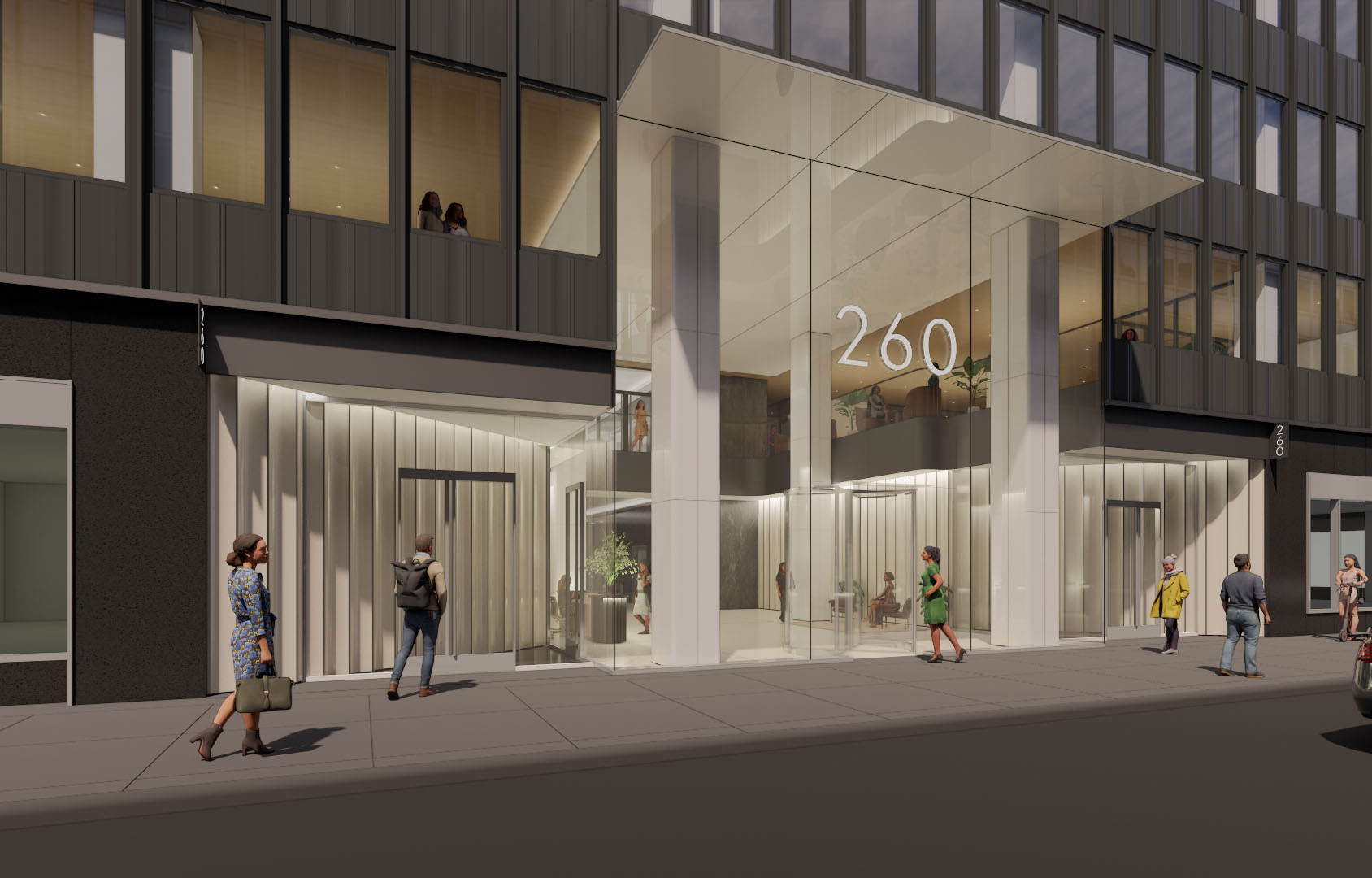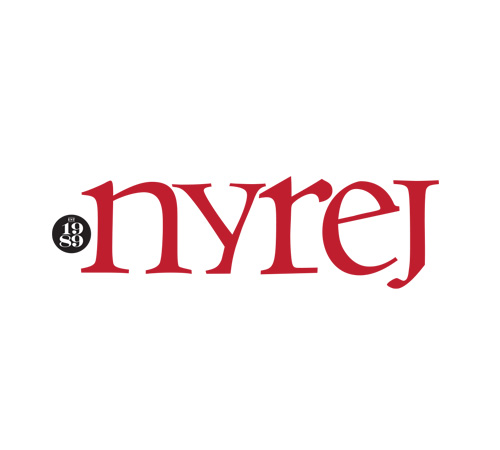Question of the Month: How important is an obstruction analysis for real estate development around airports? - by Peter Byrne
On the damp and wet morning of May 20, 1927, Charles Lindbergh began his takeoff roll at Roosevelt Field on Long Island to begin his attempt at crossing the Atlantic Ocean in pursuit of the $25,000 Orteig Prize for the first pilot to successfully fly non-stop across the Atlantic. What is little known about that flight is that as Lindbergh was just lifting off he spotted telephone lines in his flight path, causing him to climb the heavily fuel laden aircraft to avoid the obstruction. To some observers on the ground the aircraft cleared the lines by about 20 ft. However, to Lindbergh, who meticulously planned this flight right down to trimming the edges of his flight maps to save weight, he was not aware of the lines and he felt he just barely cleared them. Either way, this close call could have ended his history-making flight shortly after it got off the ground.
For many years thereafter, a “see and avoid” attitude on the part of both government regulators and the aviation community prevailed over the issue of obstructions and aircraft operations. It was assumed the pilot would be able to see any obstructions—be they buildings, trees, or telephone lines. Early aircraft did not fly very fast and virtually all flights occurred during the day and clear visibility conditions.
With increased demand for air travel and advances in aircraft technology, the “see and avoid” approach provided inadequate. This issue became particularly acute as residential and commercial development became more prevalent around airports to take advantage of the economic potential that airports provide. In fact, as real estate development rose around airports, the airport operator, Federal Aviation Administration (FAA), and, most critically, pilots would not be aware of the new development.
In direct response to this issue, the FAA established regulations to preserve the safe and efficient use of airspace: Federal Aviation Regulation (FAR) Part 77 – Safe, Efficient Use and Preservation of the Navigable Airspace. This regulation defines the airspace around and above the airport, establishes a process for the evaluation of proposed development, and ties together various branches of the FAA that need to identify and understand the presence of airport-area obstructions. This coordination process also extends outside of the FAA to the airports to ensure airport operators are aware of proposed development. This coordination is made possible through the use and completion of FAA Form 7460-1, Notice of Proposed Construction or Alteration.
FAR Part 77 defines an obstruction to navigable airspace in the vicinity of airports. The FAA uses the concept of “imaginary surfaces” to define volumes of airspace around an airport that are not visible. The purpose of imaginary surfaces is to identify objects (natural or man-made) that could affect aircraft operations at an airport. Imaginary surfaces are layered over an airport and its associated runways, and an object that penetrates these surfaces may be identified as a potential obstruction and could present a potential hazard to air navigation as determined by the FAA.
The size and configuration of the imaginary surfaces depend on the use category of the runway and the type of approach planned for each runway end. The runways at JFK International Airport and LaGuardia Airport, for example, are “transport category” runways (a category of airworthiness applicable to large civil airplanes and large civil helicopters) based on the size of the aircraft that operate at the airport. By virtue of these characteristics, the imaginary surfaces surrounding commercial service airports, like JFK and LaGuardia Airports, are among the most demanding when considering penetrations to imaginary surfaces
Not all objects that exceed an obstruction height are considered hazards to air navigation. The FAA conducts aeronautical studies on proposed development projects that are planned to occur within the vicinity of public airports. As part of this aeronautical study, the FAA examines the effects the proposed development may have on factors such as aircraft operational capabilities, navigational aids, and procedural requirements to determine the impact the proposed real estate development could have on navigable airspace. If the study shows the proposed development, when evaluated against these standards, poses no adverse effect upon the safe and efficient use of navigable airspace, then the development is not considered to be a hazard to air navigation.
However, should a proposed structure penetrate an imaginary surface, the FAA will notify the developer and the affected airport of this proposal and the potential for the development to present an obstruction to air navigation. In this case, the developer could lower the height of the proposed project to an elevation below the imaginary surface, the FAA would reevaluate the project, and, if the height is clear of the imaginary surface, the FAA would issue a no-hazard determination.
It must be understood that the FAA has no jurisdiction over off-airport land use; the FAA only issues a determination based on the potential affect a proposed development would have on the safe and efficient use of airspace. In the context of this discussion, airspace is the FAA’s concern—not regulating development off-airport. It is incumbent upon the airport operator and local municipality to work with developers to ensure that development proposals will not present a safety hazard to air navigation.
Developers who are not familiar with FAA obstruction issues often believe the local zoning board would address the obstruction issue. While some zoning boards consider obstructions, they may not consider them in the same way as the FAA. This could have ramifications on development cost and schedule for redesigning the project and, in some cases, height reductions make a project unviable. Early coordination with the FAA is critical for real estate developers to understand the height limitations above their respective site and plan that into the project from the start.
Peter Byrne, CM is an aviation services director at VHB, New York, N.Y.
AmTrustRE completes $211m acquisition of 260 Madison Ave.


AI comes to public relations, but be cautious, experts say - by Harry Zlokower

Behind the post: Why reels, stories, and shorts work for CRE (and how to use them) - by Kimberly Zar Bloorian

Lasting effects of eminent domain on commercial development - by Sebastian Jablonski










.jpg)

.gif)